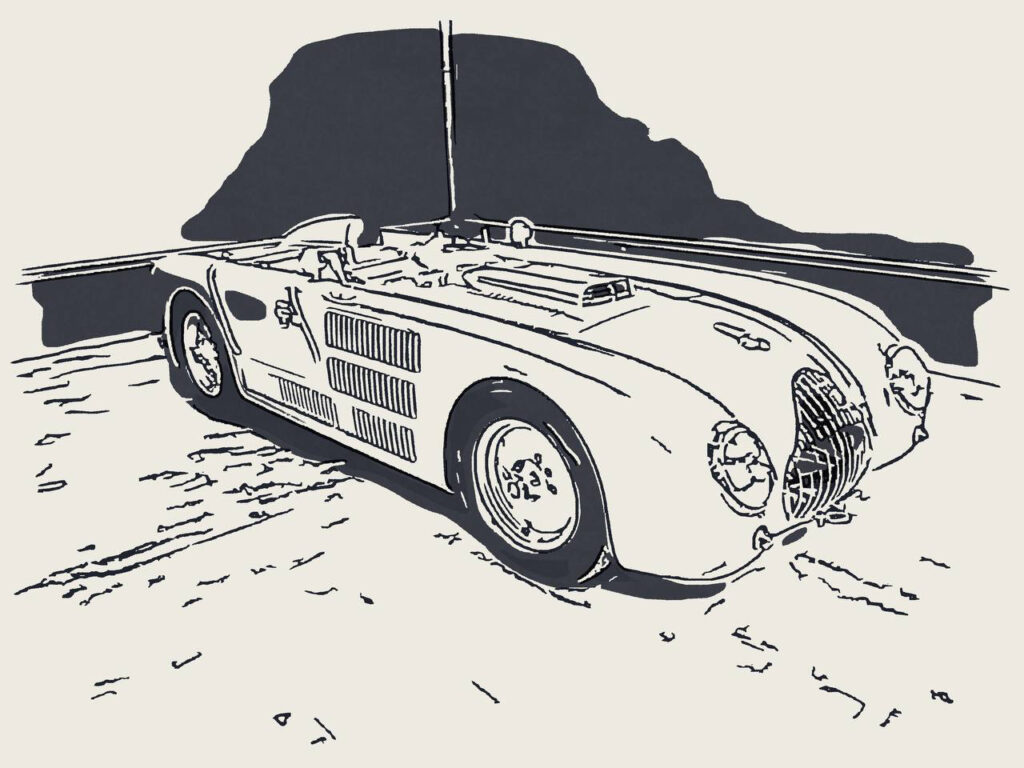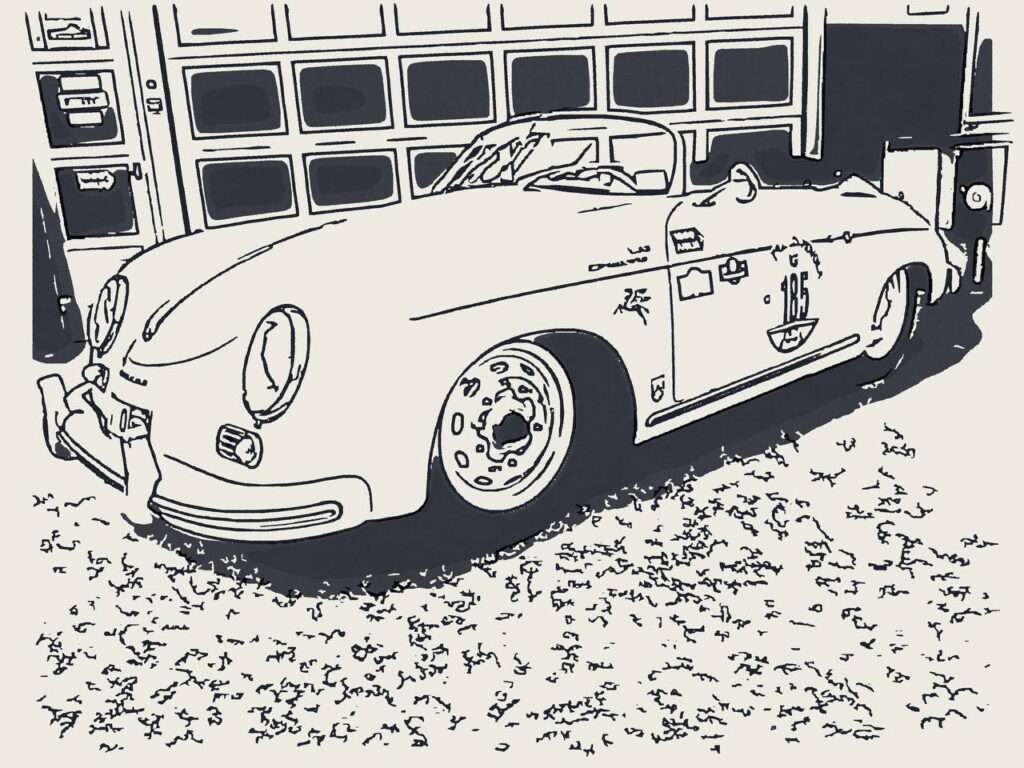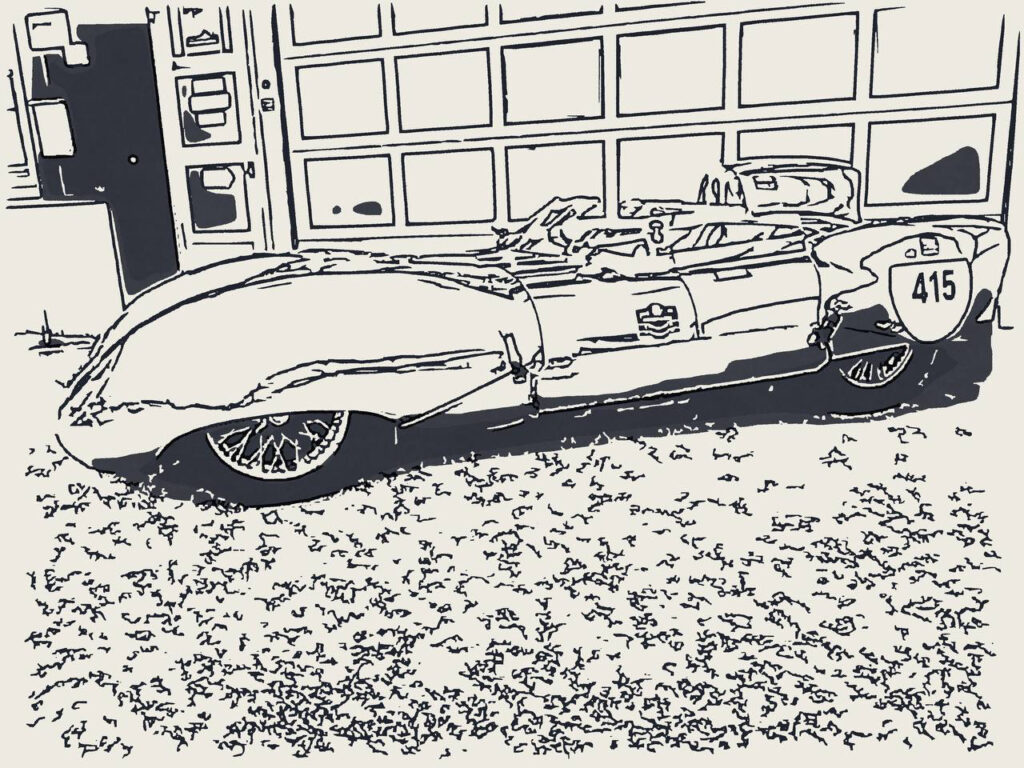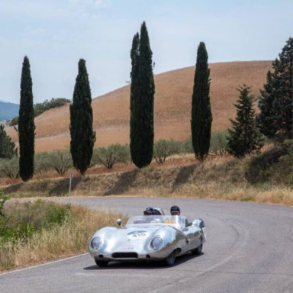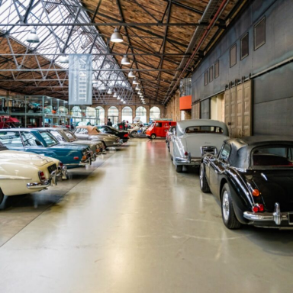Available to race:
Mille Miglia
GP Nuvolari
Blog
1955 PORSCHE 356 SPEEDSTER
Available to race:
Mille Miglia
GP Nuvolari
Winter Marathon
1956 LOTUS 11
Available to race:
Mille Miglia
GP Nuvolari
When does a car become classic: Exploring the criteria and evolution of classic cars
When does a car become classic: This a question that is asked by a lot of people. Cars are more than just machines that take us from point A to point B. They are symbols of style, innovation, and craftsmanship that capture our imaginations and transport us to different times and places. Some cars become legendary and are coveted by enthusiasts for generations, while others are forgotten in the annals of history. So, when does a car become a classic?
When does a car become classic: All you need to know
The definition of a classic car is not set in stone, but there are several factors that determine whether a car can be classified.
- Firstly, a classic car must have a certain level of age. Generally, a car becomes classic, when it is 25 years old or more. This is because it takes a certain amount of time for a car to become iconic and have a lasting impact on the automotive industry.
- Another factor that contributes to a car’s classic status is its rarity. Classic cars are often produced in limited quantities, making them highly sought after and valuable. Some models are so rare that they are considered one-of-a-kind, which only adds to their prestige.
- The design of a car is also crucial in determining whether it becomes a classic. Classic cars have a timeless style that transcends the era in which they were produced. They have distinctive features that are instantly recognizable and often set them apart from their contemporaries. A classic car must be aesthetically pleasing and represent a significant milestone in automotive design.
- Its historical significance is also important in determining its status. Classic cars are often associated with significant events or people in history, such as the Ford Model T, which revolutionized the automotive industry, or the Ferrari 250 GTO, which dominated the racing world in the 1960s. These cars represent a significant moment in time and are important to the evolution of the automobile.
- Finally, its value is an important factor in determining its classic status. Classic cars are often highly sought after and can command a high price tag. The value of a classic car is determined by its rarity, condition, and historical significance. The more desirable a car is, the higher its value will be.
When does a car become classic: The overview
In conclusion, there are several factors that determine when a car becomes a classic. These include its age, rarity, design, historical significance, condition, and value. A classic car must possess a timeless style, represent a significant moment in history, and be well-preserved to maintain its value and prestige. Classic cars are not just machines; they are symbols of innovation, craftsmanship, and style that capture our imaginations and transport us to different times and places.
Did you like our article: «When does a car become classic: Exploring the criteria and evolution of classic cars»?
Read more on our Blog
European classic cars: A nostalgic journey through time
European classic cars are revered for their timeless style, exceptional performance, and innovative design. These cars represent the pinnacle of automotive engineering and craftsmanship and continue to inspire car enthusiasts and collectors around the world. Would you like to learn more about European classic cars? Read the article that we have written for you.
European classic cars: the most beloved ones
- One of the most iconic European classic cars is the Jaguar E-Type, which was produced from 1961 to 1975. This car is known for its sleek, aerodynamic design, which was inspired by the D-Type race car. The E-Type was also ahead of its time, featuring disc brakes, independent suspension, and a monocoque chassis. The E-Type is now considered one of the most beautiful cars ever made and is highly sought after by collectors.
- Another iconic car is the Porsche 911, which was introduced in 1963 and continues to be produced to this day. The 911 has become synonymous with Porsche and is known for its exceptional handling and performance. The 911 has also undergone many design changes over the years but has maintained its iconic shape and reputation as a classic sports car.
- The Ferrari 250 GTO is perhaps the most coveted European classic car of all time. This car was produced between 1962 and 1964, with only 39 cars ever made. The 250 GTO dominated the racing world in the 1960s and is now one of the most valuable cars in the world, with a recent sale price of $70 million.
- The Mercedes-Benz 300SL is highly sought after by collectors. This car was produced from 1954 to 1963 and was known for its gullwing doors and sleek, aerodynamic design. The 300SL was also ahead of its time, featuring fuel injection and a tubular spaceframe chassis.
- Other notable European classic cars include the Alfa Romeo Giulia Sprint GT, the BMW 507, the Citroen DS, the Lancia Stratos, and the Volkswagen Beetle. Each of these cars has its own unique design and history, but all are considered classic in their own right.
European cars & their high value
One of the reasons why European classic cars are so highly regarded is their influence on automotive design and engineering. Many of these cars introduced innovative features that have since become standard in modern cars. For example, the Jaguar E-Type introduced disc brakes and independent suspension, while the Mercedes-Benz 300SL introduced fuel injection. European classic cars also represent a significant moment in time, both in terms of automotive design and historical events. The Ferrari 250 GTO dominated the racing world in the 1960s, while the Volkswagen Beetle represented a new era of affordable and reliable transportation. These cars are important to the evolution of the automobile and continue to inspire new generations of car enthusiasts.
In conclusion, European classic cars are revered for their timeless style, exceptional performance, and innovative design. These cars represent the pinnacle of automotive engineering and craftsmanship and continue to inspire car enthusiasts and collectors around the world. Whether it’s the Jaguar E-Type, the Porsche 911, or the Ferrari 250 GTO, European classic cars will always hold a special place in the history of the automobile.
Did you like our article: «European classic cars: A nostalgic journey through Time»?
Read more on our Blog
Classic car storage: The ultimate guide to preserving your timeless ride
Classic car storage is crucial for preserving the car’s condition, maintaining its value, and protecting it from damage. Basically, one aspect of caring for a classic car that is often overlooked is storage. Classic cars are a precious possession for their owners, and they require special care and attention. Would you like to learn more about classic car storage? Read the article that we wrote for you.
Classic car storage: All you need to know
- The first consideration when storing a classic car is the location. The ideal storage location should be dry, clean, and free from dust and debris. It should also be well-ventilated, with a consistent temperature and humidity level. A garage or storage unit that meets these requirements is ideal.
- The next consideration is how to store the car. The best way to store a classic car is to keep it covered with a breathable car cover that is designed specifically for classic cars. The cover should be made from a soft, non-abrasive material that will not scratch or damage the car’s paintwork.
- It is also important to maintain the car’s battery during storage. If the car will be stored for an extended period, it is advisable to disconnect the battery and store it separately. Alternatively, a trickle charger can be used to maintain the battery’s charge during storage.
- Another consideration is the car’s fuel system. It is advisable to fill the fuel tank before storage to prevent moisture from accumulating and causing corrosion. It is also recommended to add a fuel stabilizer to the tank to prevent the fuel from deteriorating over time.
- Regular maintenance is also essential when storing a classic car. The car should be started and run periodically to keep the engine and other systems lubricated and functioning properly. It is also advisable to change the oil and filter before storage to prevent any contaminants from accumulating in the engine.
- It is also important to maintain the car’s tires during storage. The tires should be inflated to the recommended pressure and rotated periodically to prevent flat spots from developing. It is also recommended to use tire cradles or jack stands to take the weight of the car off the tires during storage.
- When storing a classic car, it is important to take precautions to prevent damage from rodents and insects. Rodents can chew through wiring and upholstery, and insects can cause damage to paintwork and other surfaces. To prevent this, it is recommended to use rodent repellents and insecticides and to keep the storage area clean and free from food debris.
- Finally, it is essential to have the right insurance coverage for a classic car. Classic cars are often valued at a higher price than their modern counterparts, and they require specialized insurance coverage. Classic car insurance policies can provide coverage for damage, theft, and other risks specific to classic cars.
Classic car storage: Essential for the car care
In conclusion, classic car storage is an essential aspect of caring for a classic car. A well-maintained storage location, proper car cover, battery maintenance, fuel system maintenance, regular maintenance, tire maintenance, pest control, and appropriate insurance coverage are all crucial for preserving the car’s condition, maintaining its value, and protecting it from damage. Classic car owners should take these factors into consideration when storing their cars to ensure they remain in top condition for years to come.
Did you like our article: «Classic car storage: The ultimate guide to preserving your timeless ride»?
Read more on our Blog
